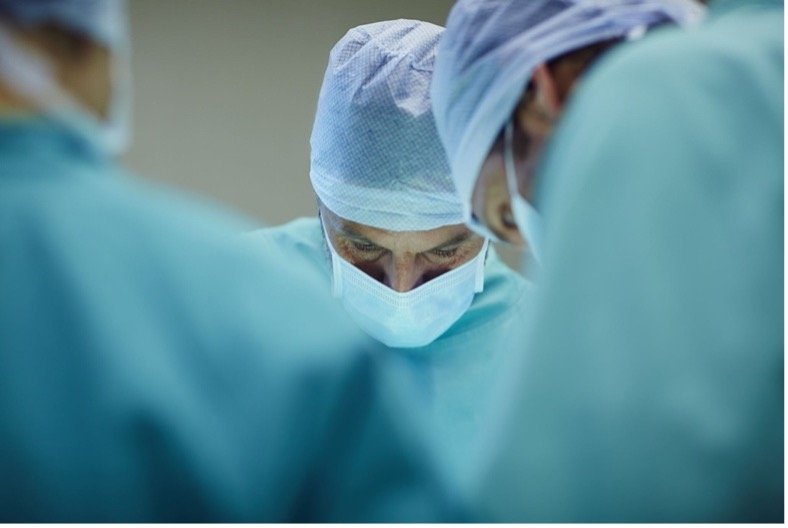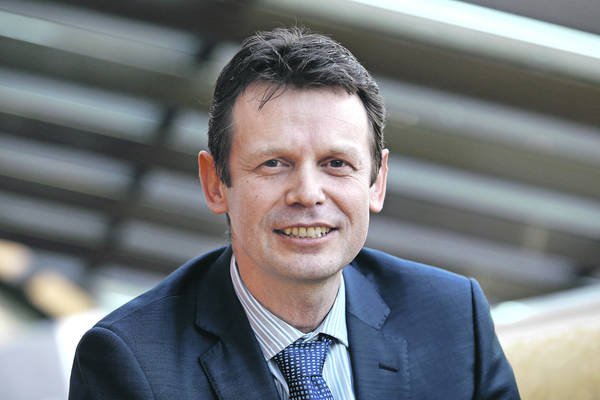Limb Reconstruction – What Is It?

Limb reconstruction is a relatively new surgical service. One of its main roles is to restore the function of an injured limb. The exact approach of reconstructing an injured limb will depend heavily on the mechanism of the injury or disease (for example, if it is as a result of osteomyelitis or a tumour which requires resection of a larger part of a bone and/or soft tissues), the general fitness of the patient, the anatomical location of the defect and last but not least, the patient’s expectations and willingness to engage in this relatively long-term treatment.
For any limb reconstruction to be successful the patient has to be fully committed to the gruelling recovery that will follow the procedure. The patient will need to understand what is going to happen and when, the side effects of the treatment and when to expect the next step. As a rule, in the limb reconstruction service, we expect things to get worse before they get better and there should be clear guidance for the patient regarding this.
When discussing potential limb reconstruction with a patient, the patient’s specific condition will be taken into consideration, and we will advise them on the best way to proceed to the next stage of recovery. For the decision to be as accurate as possible, the condition of the affected limb will be thoroughly assessed during one or more operating sessions. During these sessions we will be able to determine the level of damage, identify all the potentially nonviable tissue, including bone, and deal with any potential or already existing infection. During this step, itis paramount to prevent or minimise the risk of infection to the lowest possible level. At this stage, we will be also able to tell or predict the functional outcome at the end of the treatment and convey this to the patient in very clear terms. Up to this stage we have been doing damage control and limb salvage procedures but from here onwards the limb reconstruction begins.

The next phase, the actual limb reconstruction, usually begins between three- and seven-days postinjury and all the previous steps should be completed by then. At this stage, soft tissue reconstruction options, reconstruction of bone options by either external or internal fixation and physiotherapy plan and anticipations will be explained to the patient. From here onwards, patients can expect at least two major procedures, one to reconstruct the soft tissues in a form of a soft tissue cover (a local or a free flap) followed by, in majority of the cases, application of a fine wire frame with corticotomy (a surgical break of a healthy bone to allow for new bone to generate in the newly created gap which is created by continuous expansion of the break) of the healthy bone. Fine wireframe is usually applied four to six weeks after the soft tissue reconstruction. There are always regular follow-ups every two weeks with X-rays at the same time to establish the quality of new bone growth and how well the fracture defect is closing and how good the alignment of the fragments is. On average, it usually takes between one year and 18 months before the new bone is strong enough to take the patient’s weight and the fine wire frame can be removed.

Author: Matija Krkovic
Website: https://www.limbreconstructions.com/